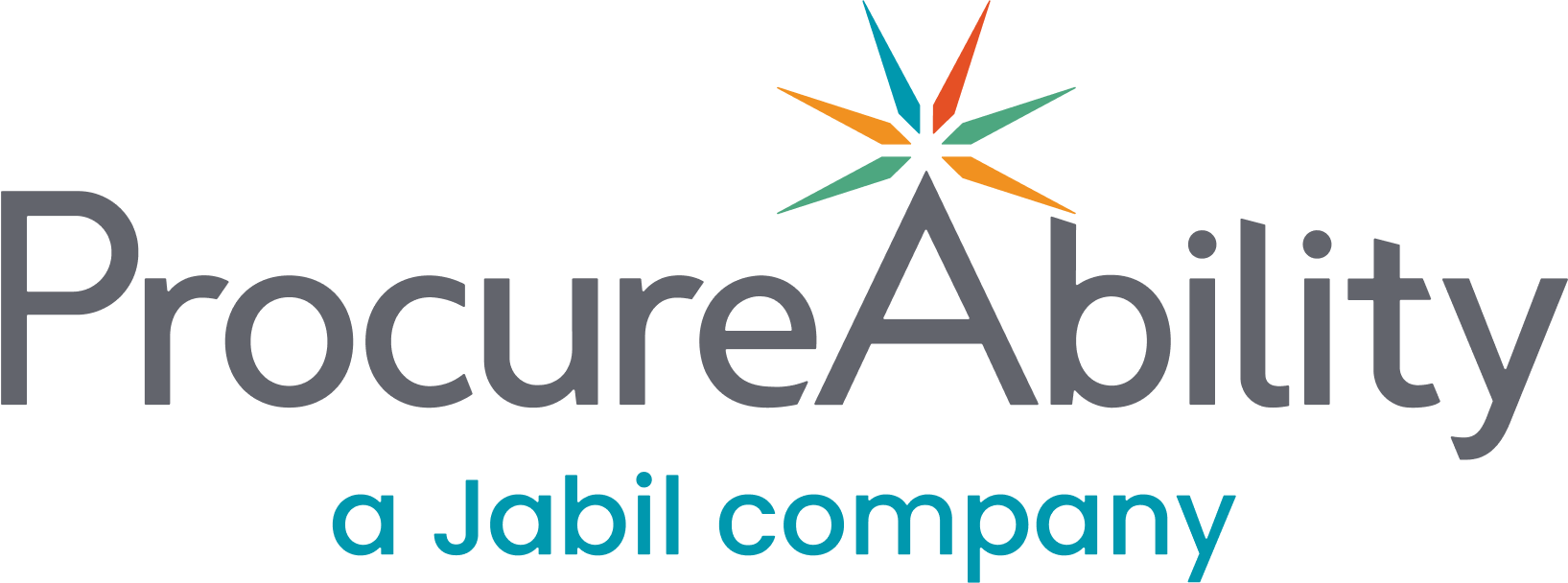Procurement organizations do not operate in siloes. We as procurement professionals work within the structure of much larger organizations that bring in other internal departments and stakeholders daily.An inclusive procurement strategy strengthens these internal relationships to create efficient, collaborative, and ethical links that make it both easier and more rewarding for all teams involved. By investing the effort to build these connections early and often, procurement organizations of the future will experience immeasurable benefits.
Who are key internal relationships?
Internal relationships involve any other member of your organization who resides outside the procurement function but must interact with your procurement team, so you are able to complete normal responsibilities and initiatives.
These stakeholders include:
- Corporate
- LoB requestors
- Engineering
- Finance
- C-Suite leadership
- Third-party governance
- Risk
- Legal
- Operations
As an example, a Line of Business (LoB) partner from manufacturing reaches out to ask procurement for assistance
in sourcing a widget, indicating this as a time-sensitive ask that needs to be completed quickly to meet production quotas. You would first want to meet with operations and engineering to ensure that you understand the design specs before involving potential suppliers. If the dollar amount is above a predetermined threshold, you may be required to secure approval from Corporate or C-Suite. It is important to connect with finance as well to create a spend baseline that will help you claim savings down the road. This all happens before sending out a single RFX document to suppliers.
Once you pick a supplier in collaboration with the business stakeholder, you will work with legal and third-party governance to manage and address all potential risks. This is especially important if you are creating a long-term MSA or onboarding a new supplier. You can see how even in this very simple example, you needed to connect with several internal stakeholders.
Why do internal relationships matter?
At their best, these relationships can be fruitful, mutually respectful partnerships that view both sides as value adds and work to make advancing mutual goals easier and more efficient. At their worst, these relationships can descend into lack of communication, infighting, mistrust, and conflict. We have all heard disgruntled voices refer to procurement as roadblocks or paper pushers who are more focused on cost savings than on making sure the business has what it needs.
This causes real issues when the stakes are high, and timelines are tight. Without a strong, two-way communication channel with legal, that could cause complex contract negotiations to be delayed or even derailed at the slightest hiccup. If you don’t have a strong relationship with operations, that can result in employees resorting to P-Cards or other maverick spend to bypass the established procurement processes.
What causes friction with internal partners?
How can I improve my relationships?
Throwing things over the fence means passing the buck to another department without taking the time to provide context or support during the hand-off. Taking the extra ten minutes to clarify asks or participate on a call to bring the others up to speed can go a long way.
Everyone has their role to play and taking a minute to truly understand where the other function is coming from can make all the difference. Come from that place of empathy and make sure to verbalize your understanding and how you plan to incorporate their concerns into the strategy moving forward.
Proper pipeline planning can be the difference between an efficient, well-managed department and an all-hands-on-deck fire. Whenever possible, share details of upcoming RFPs, contract renewals, or supplier onboardings with the relevant partners so they can free up workload and be prepared.
Working together can make the process easier and avoid miscommunication. Have business leads participate in building RFX templates and participate in negotiation. If you have been working on a particularly difficult contract negotiation with a lot of language redlines, consider looping in legal to help talk directly to the supplier.
The more lead time you can give other functions before asking them to review or complete work, the less impact you will have on their workload burden and the more appreciative and willing to help they will be. This early communication can be across any number of channels including a phone call, email, IM, or even stopping by their desk.
Different stakeholders have varying work and communication styles. Some people like to use a quick 15-minute working session while others prefer to collaborate over email. Other stakeholders like shorter, more frequent communication, while others might prefer a weekly or monthly more comprehensive report. Perhaps a key internal stakeholder is a morning person: Make a note of any individual preferences and respect them whenever possible. It’s a very simple change that can have you seen as a great team player and overall coworker.
Success should be defined before any work happens. If we are looking at a sourcing initiative, reach out to finance and create a savings baseline. Data is key and by creating that baseline before anything else, it becomes that much easier to claim savings from your hard work.
It can be frustrating to be told that you must connect with legal for example and complete this or that task. At the end of the day though, everyone is on the same team. Ask why this task needs to be completed and you might be surprised to hear the answer. Often many of the tasks we consider to be burdensome or useless are there for a very thoughtful reason.
Always make sure to look back after the fact and reflect on how you interacted with your stakeholders. Were you able to improve the relationship and be a team player? If not, why not, and how can you fix that moving forward.
By following these best practices, you can help build a procurement organization of the future that cares for not just its own people but the colleagues that interact with procurement every day. Procurement organizations of the future look to build respect and allies across the whole company, recognizing that it’s not just good for procurement’s needs, but also the right thing to do for everyone.




